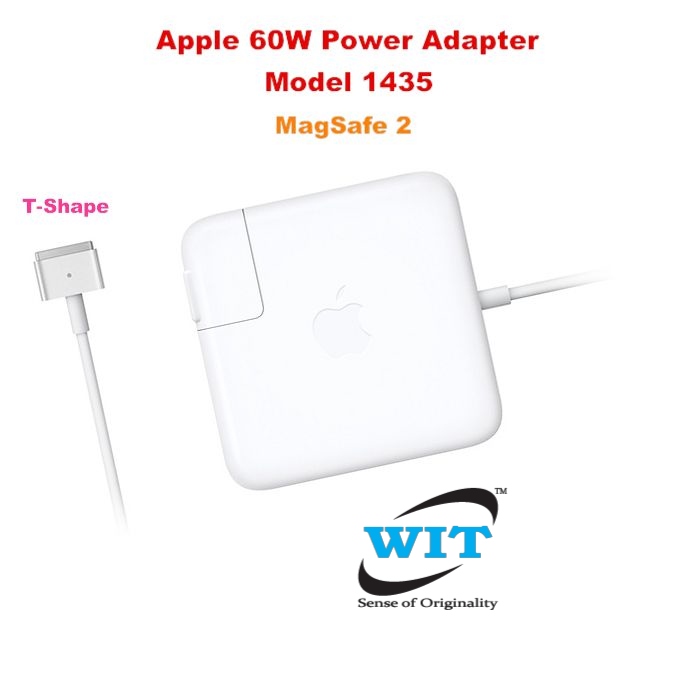

We don't know when Thunderbolt-compatible peripherals will be available (although Apple says the first ones should show up in the spring of 2011), how much they'll cost, or if Apple will be adding the technology to future displays or iOS devices. Thunderbolt is envisioned as a sort of future unified successor to USB, FireWire, and DisplayPort, allowing peripherals to carry data and video at 10Gbps. The entry-level 13-inch Pro also still comes with the much-talked-about high-speed data/video port, Thunderbolt.

Though it's a bit of a backslide, however, it still amounts to better graphics than low-end Nvidia GeForce GPUs, and it's leaps and bounds above Intel integrated graphics in 2010 Windows laptops. One small drawback: the integrated (and nonupgradable) Intel HD 3000 graphics in both 13-inch models are a step backward from the integrated Nvidia graphics found in the 2010 13-inch Pro. The entry-level version has an identical screen, graphics, RAM, and ports to the $1,499 model, with the exception of a 320GB hard drive instead of 500GB. In our benchmark tests, the Core i5 13-inch model performed so closely to the Core i7 version (and, in single-task tests, not that far off from the quad-core 15-inch Pro) that, for the $300 savings, it's arguably the better buy. Though both configurations use differently branded CPUs, the Core i5/Core i7 difference turns out to be pretty insignificant between these two 13-inch Pros. The 2011 MacBook Pros are the first laptops we've reviewed at CNET with these processors the entry-level 13-inch model features a second-generation 2.3GHz Core i5 processor, whereas the $1,499 configuration has a 2.7GHz dual-core Core i7.
WHICH CHARGER FOR MACBOOK AIR 11 INCH EARLY 2011 VERSION UPGRADE
That upgrade comes in the form of next-generation Intel Core i-series CPUs. This year's 13-inch Pro gets a cutting-edge processor upgrade that many were waiting for-including us.


 0 kommentar(er)
0 kommentar(er)
